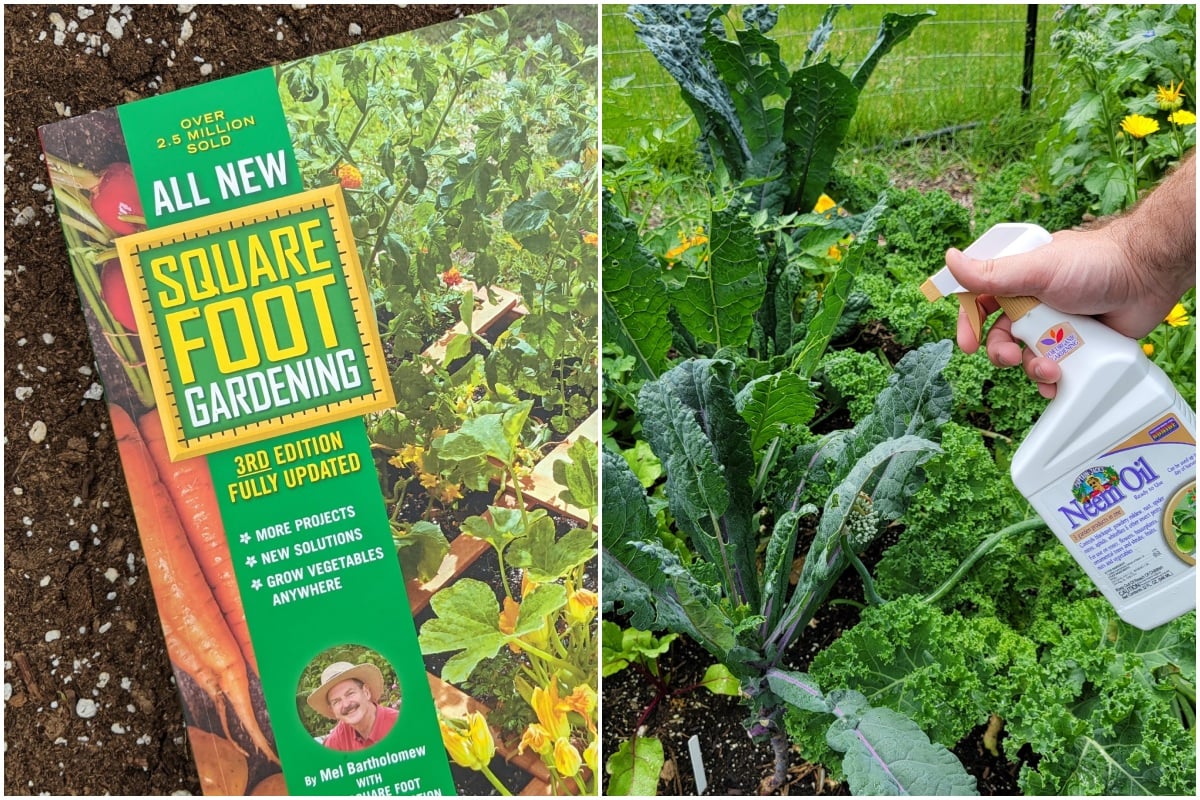
When you think about something as old as gardening, rarely do you think of the word “trendy.” But just like with everything else, trends pop up in the gardening community. And just like everywhere else, those trends come and go.
Remember when we were all growing tomatoes upside down in 5-gallon buckets?
Of course, just because something is trendy doesn’t mean it’s a bad thing.
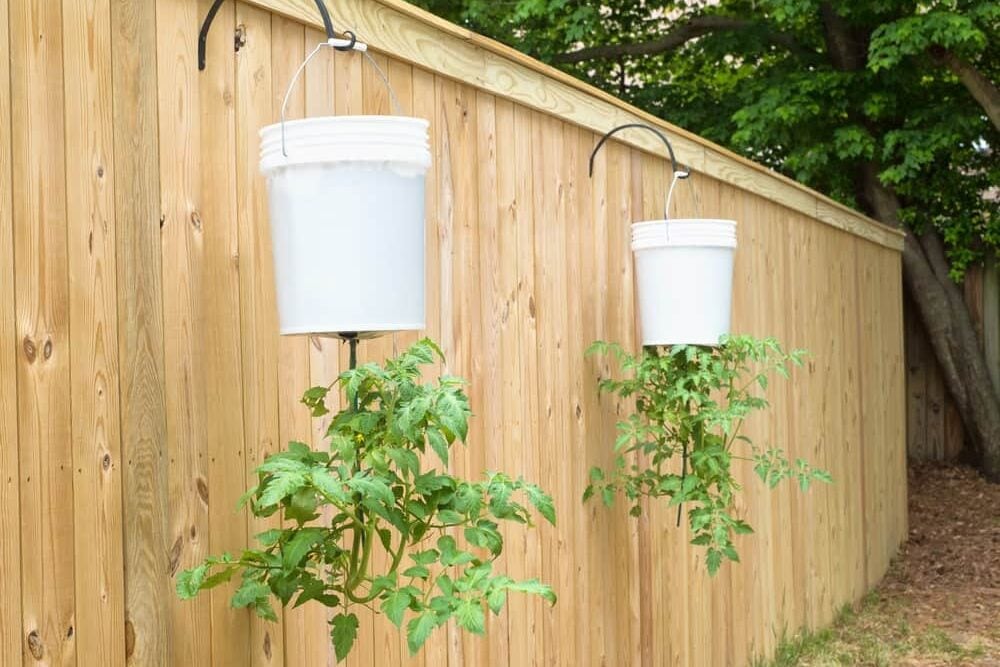
My gardening practices have changed over the years as I’ve learned and adopted new trends. I’m a huge fan of mycorrhizae, having seen numerous benefits in my garden since I started using them. (You can learn more about those benefits here. Most are backed up by peer-reviewed science.) And don’t get me started about the awesomeness of worm castings.
But there are a few trends that I’ve left in the compost heap over the years.
Often, it’s because they were ineffective, too much work, or I found something that worked better.
Let’s look at a few of the trends I’ve tried and left behind in the past decade. Where applicable, I’ll also share what took its place. Sometimes, letting go and moving on is the healthy thing to do, even in the garden.
1. Square Foot Gardening
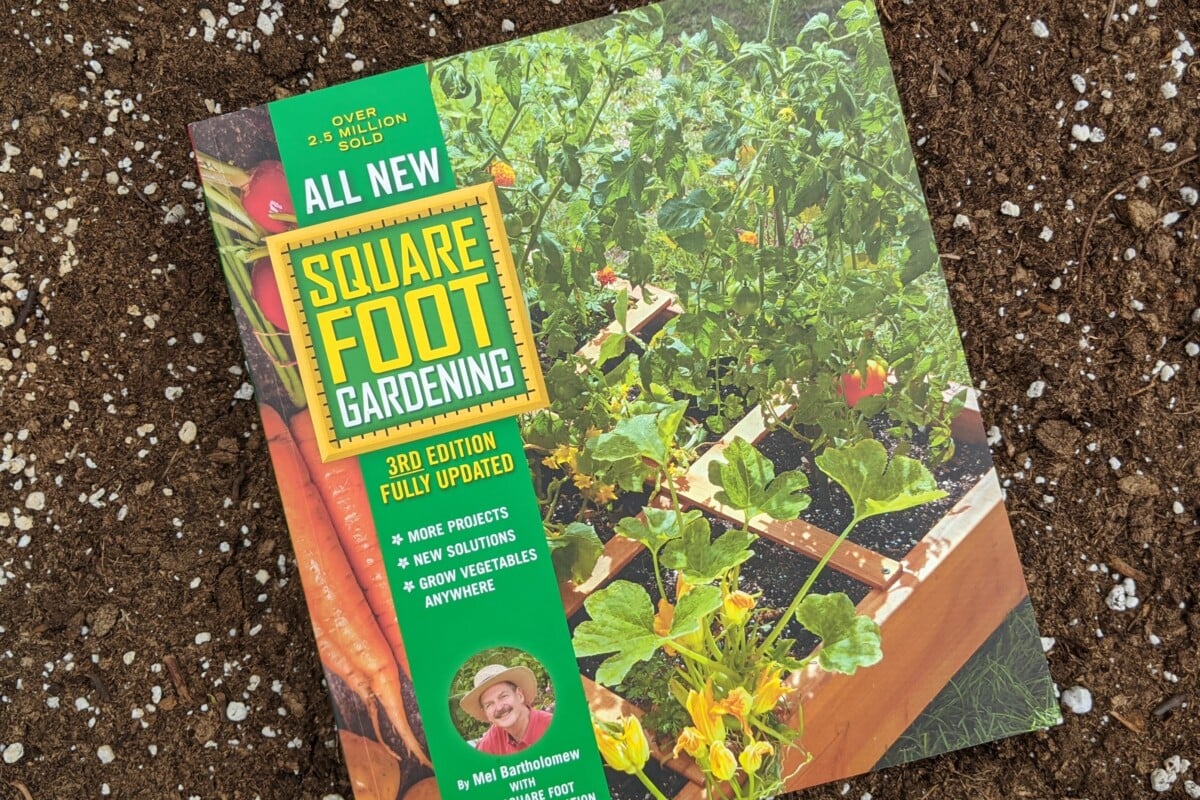
For a long time, I used the Square Foot Gardening method as detailed in this book. It’s seriously a great way to maximize a small gardening space. I even came up with an easy-to-make planter grid that made the whole thing easier. (If you use this method, make one of these. It makes planting a cinch, and you can take it apart and easily pack it away in the off-season.)
But over the years, I’ve moved away from this style of gardening as it’s too…neat.
Each square is crammed with the same plant. I would get frustrated seeing patches of unused soil amidst my perfectly measured 12”x12” squares. I had this packet of tiny bok choy seeds, and I would poke one or two in the dirt wherever there was open space.
That was that.
I began wondering what else I could grow among what was already growing. Square foot gardening leaves a lot of real estate unused because it doesn’t factor in the different root depths at which certain vegetables grow. It’s basically monocropping on a micro scale.
Can you plant some lettuce in the middle of your carrots? Heck yeah!
Square foot gardening is a time-tested method for eeking out as much veg as possible in a small amount of space. It works, which is why it continues to be popular today. But for my gardening needs, I’ve found that a little chaos gets me the most veg from my available space.
2. The Florida Weave
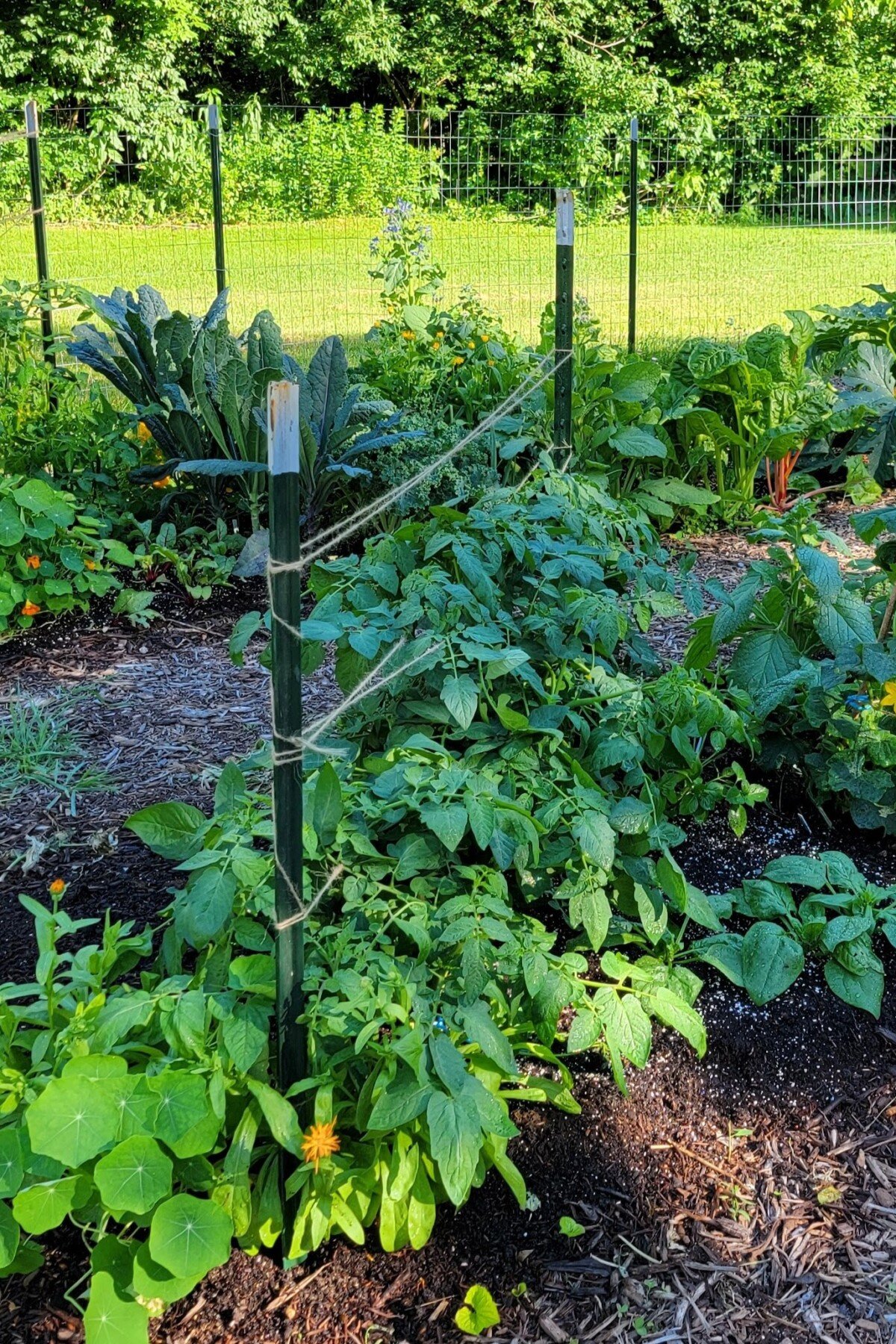
The first time you lose a plant loaded with tomatoes because it becomes so heavy that your flimsy little tomato cage flops over, your immediate impulse is to swear. Your second impulse is to grab your phone and start looking for sturdier ways to stake tomatoes.
Inevitably, you’ll find the Florida Weave.
(No relation to Florida Man.)
I did the Florida Weave for two seasons. And it worked great. Flawlessly even. I had beautiful tomato plants that were absolutely loaded with tomatoes.
So, why did I stop using it?
[IMG alt="Raised bed with tomatoes being grown vertically.
"]https://www.ruralsprout.com/wp-content/uploads/2025/08/stop-garden-trends-tomato.jpg[/IMG]
Because I discovered string training.
The only types of tomatoes I grow are indeterminate, so for me, training them to grow up makes more sense. They’re naturally vining plants, and growing them up means I use less actual real estate in the garden. The plants get better airflow, and they are much easier to keep tidy.
The longer I garden, the more I lean toward, “If It Can Grow Up, That’s the Way to Go!”
Of course, there are caveats.
3. Growing Zucchini Vertically
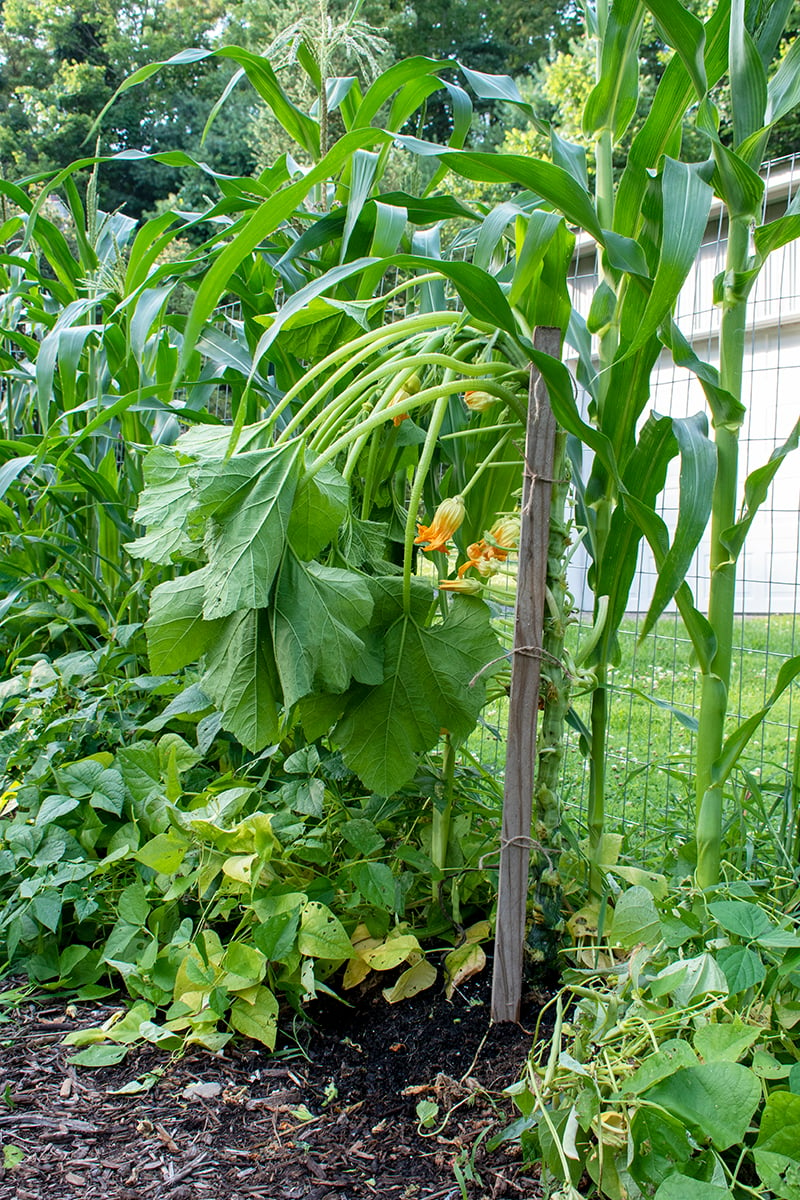
Growing stuff vertically has been a huge game-changer for those of us with limited gardening space. And let’s be honest, zucchini really like to spread out in the garden. How else is it going to produce squash the size of your dining room table leg without you noticing?
You can grow zucchini vertically. I’ve done it. I’ve written on how to do it.
The problem is that zucchini isn’t a natural climber like tomatoes or cucumbers. You really need to stay on it and train it to grow upwards. If you aren’t willing to put in the time to check on it and tie up new growth every few days, it can easily fall over under its own weight.
But growing them vertically does make it harder for those monster zucchinis to hide.
As I often tell my kids, “Just because you can do something, doesn’t mean you should.” (The older one tried to use this on me when I told him to do his homework.)
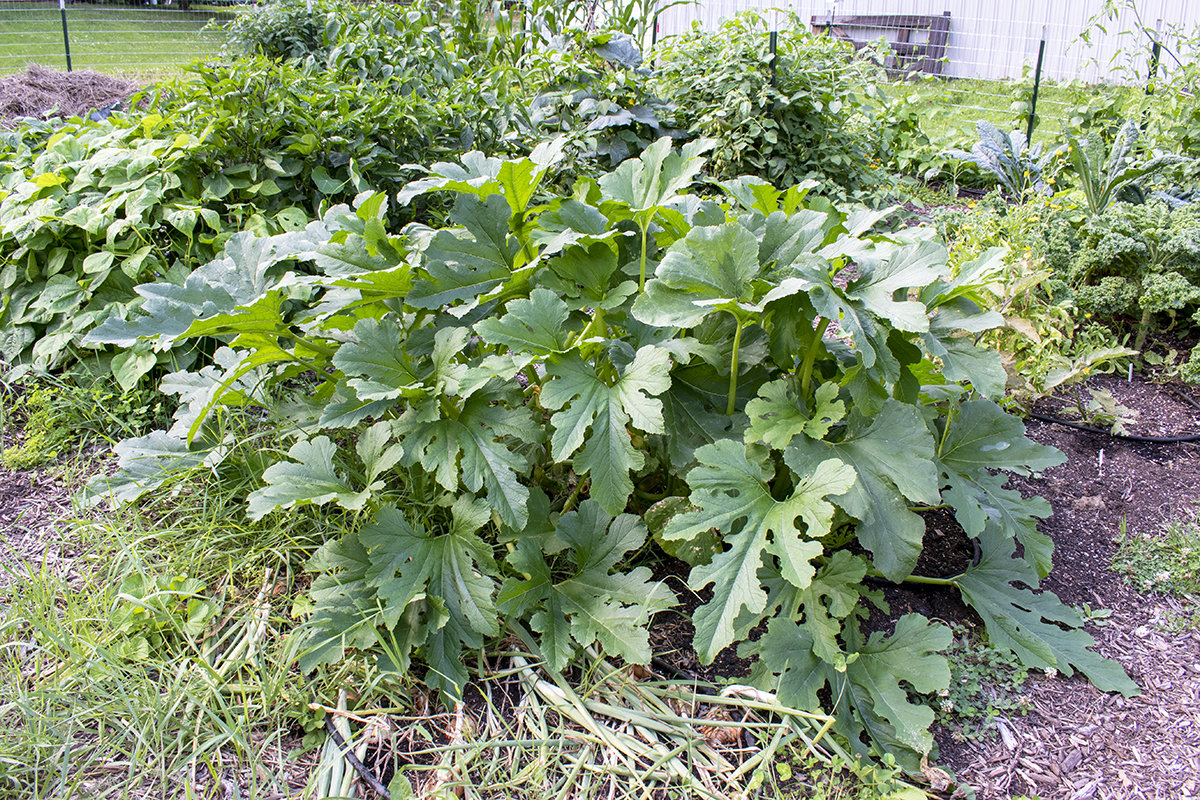
It’s just a good-looking plant.
The biggest reason why I stopped growing them vertically is simple. I love the way a large, bushy zucchini plant looks in my garden. And as long as I have the space, I will grow my zucchini the traditional way.
For me, gardening isn’t just about putting food on the table. It’s also about creating a space that’s beautiful, vibrant and welcoming. My garden isn’t a green machine, cranking out food; it’s a place just to be.
4. Neem Oil
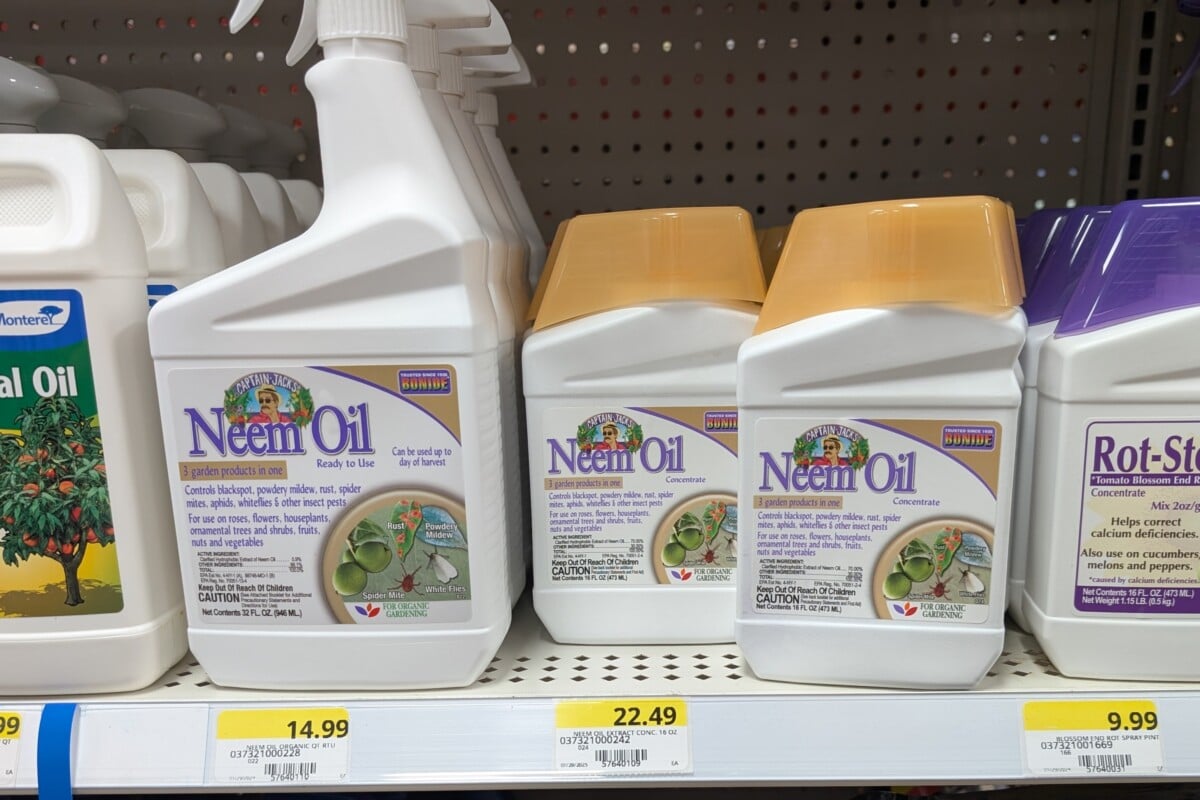
What? Seriously? Tracey, you don’t use neem oil anymore? Is neem oil a trend? I don’t think neem oil is a trend. How can you not use neem oil? Everyone uses neem oil!
Okay, here’s the thing. I love the idea of neem oil.
- It’s organic.
- It treats a myriad of garden complaints from pests to diseases.
- It’s cheap.
- You can buy it nearly anywhere.
And it doesn’t do a darn thing.
Well, at least not in my garden. It has made my hair softer and shinier.

Spoiler alert: The cabbageworms still ate my kale.
Here’s the thing about many organic products. They are great for the environment. But they’re often…subpar in effectiveness. (And let’s be real, many of them aren’t even all that great for the environment.) I know that’s not exactly a popular opinion, but I’ve found it to be true more times than not.
Neem oil is treated like the panacea of the garden. After many applications of neem in my own garden for everything from cabbageworms to squash bugs and powdery mildew to septoria leaf spot (and everything in between), I just pitched what was left in the bottle.
These days, I opt for copper fungicide (this one) and Bacillus Thuringiensis (this one).
Both are options that actually work.
Neem might work for you, but for me, it didn’t do anything beyond make my garden smell funny. So, I’m happy to let this trend fade.
5. Seaweed “Fertilizer”
This is one trend that was in and out of my garden in a flash. Right now, there are seaweed products for your garden everywhere. Most of them have “fertilizer” in their name. And most of them have an NPK ratio of .05-.05-.05.
Seriously?
At those amounts, why even bother?
Gardeners are jumping on this trend because it’s natural and it’s everywhere.
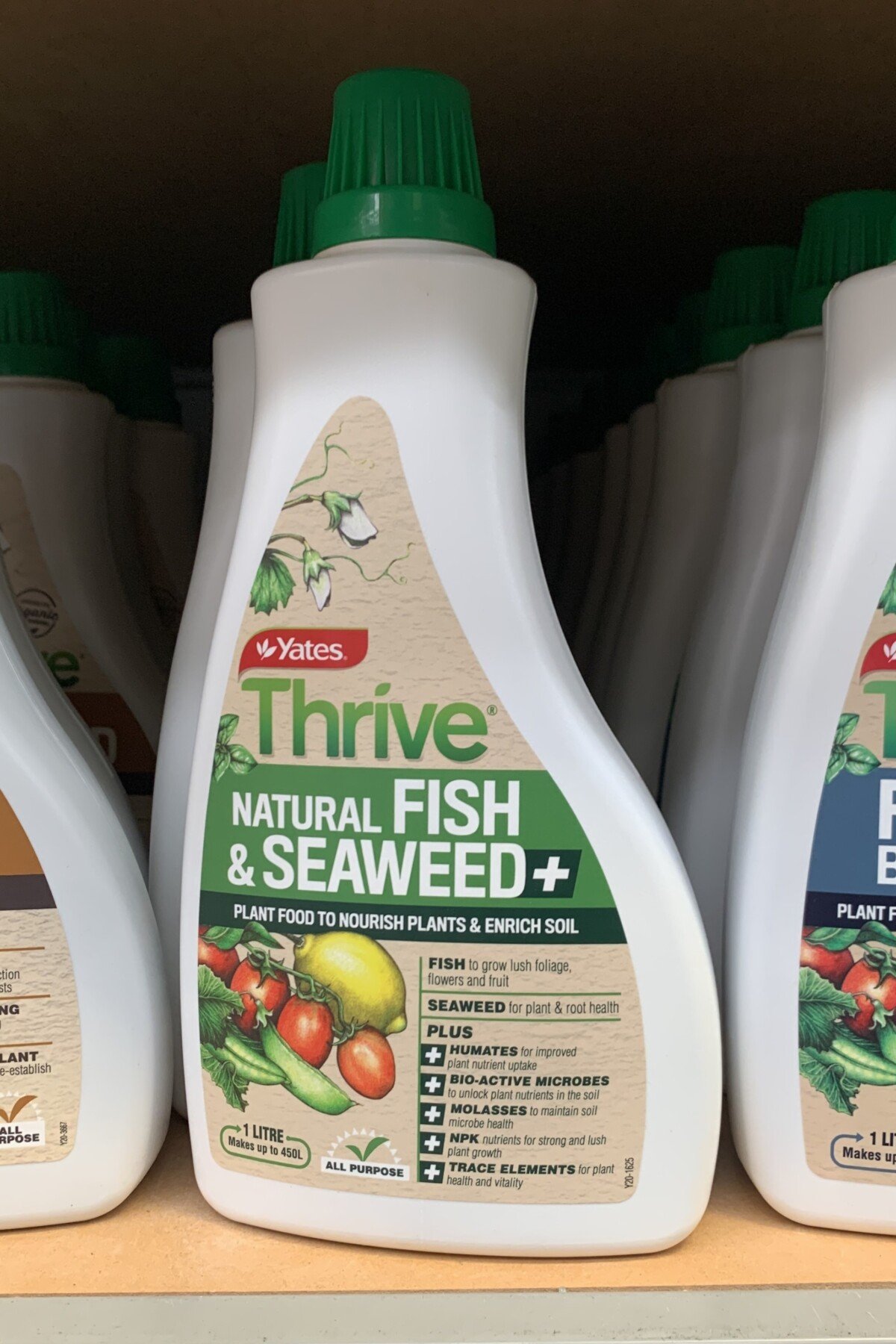
While fertilizer might be in the name, the majority of these products are meant to add trace minerals, not the big three that we rely on for healthy, vigorous plants.
You end up with folks pouring this stuff on their plants, and then the only thing that grows well is their frustration. Most of these products are meant to be used as supplements, but for the vast majority of gardeners, we already have the minerals in our soil that they supplement. I’ve written a piece about seaweed “fertilizers” that clears up most of the confusion and explains how to use them in the garden. You can read that here.
Gardening trends aren’t bad. And like many a gardener, I’m always game to try something new.
Because you never know what’s going to be the next thing that will make your life a little easier or boost your yield. But it’s also important to remember that if it doesn’t work or doesn’t make things easier, it’s okay to toss that trend in the compost bin where it belongs. Gardening is hard enough work as it is.
The post 5 Popular Gardening Trends I No Longer Use in My Garden appeared first on Rural Sprout.
